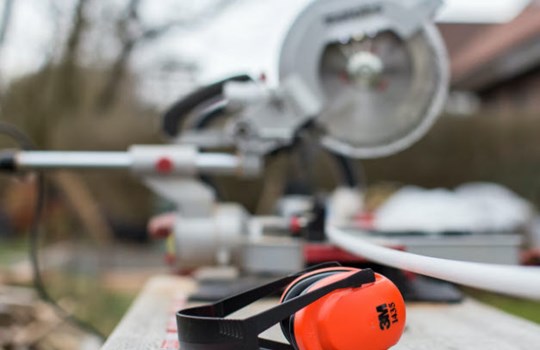
Eight trade careers that use maths
So, which trade pathways rely most heavily on numbers smarts? Here, we look at how maths is used in some of Australia’s most popular trades.
1. Builder
You could almost call builders mathematicians that make stuff – that’s how much adding, subtracting, dividing and multiplying happens in an average day. Builders use fractions, percentages and decimals when working out things like room dimensions and load calculations – and if a measurement is off, so is their build.
2. Electrician
Ohm’s Law (voltage = current x resistance) is a go-to equation when studying electrical circuits, and trigonometry comes in handy when figuring out the correct angle to bend a section of protective tubing.
